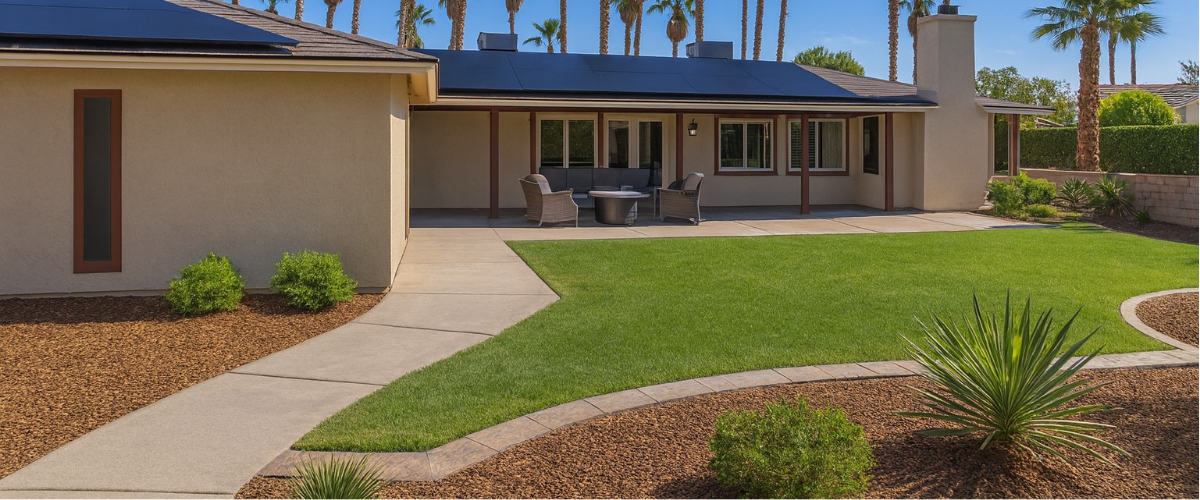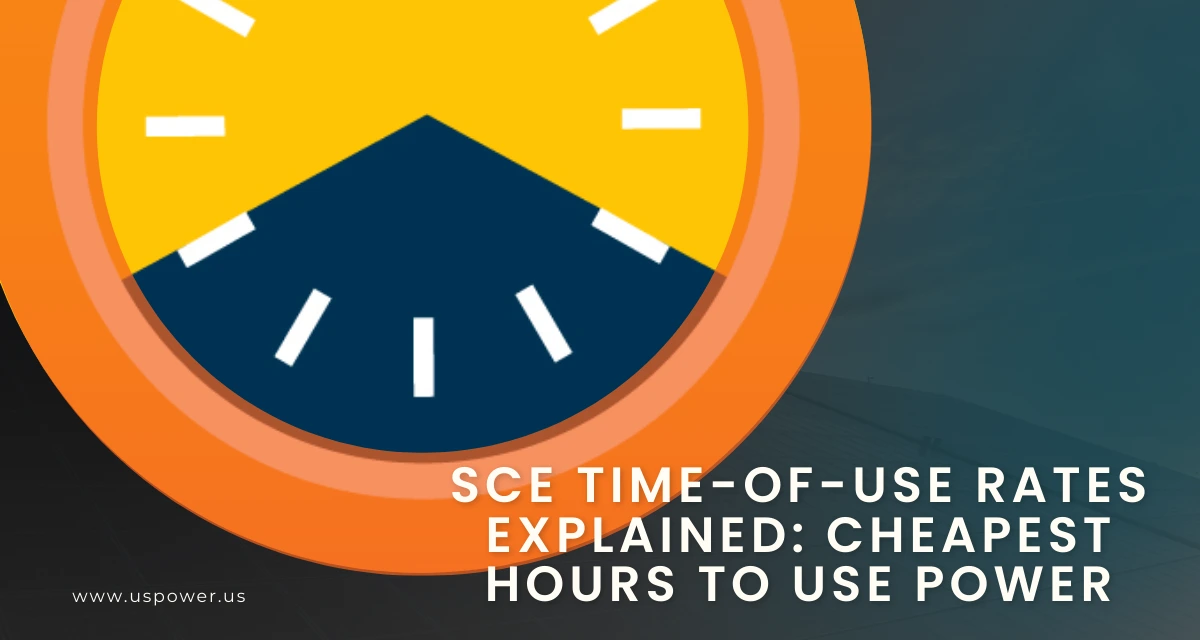How Much Does Solar Cost in Beverly Hills, California

Solar and Roofing Advisor
Act before 2025 solar credits expire in December 2025. Learn Beverly Hills solar costs & save with US Power’s direct-from-factory QCells panels.

If you’re a homeowner in Beverly Hills, CA and you’re wondering, “What will it cost me to go solar?” — you’re in the right place. In this guide, we break down the real-world costs for 2025, the incentives you can apply, and how US Power can deliver factory-direct, American-made QCells panels to your doorstep — saving you thousands.
The 2025 Benchmark: What Homeowners in Beverly Hills Are Paying
Based on recent market data:
- A site reporting for Beverly Hills states an average installed cost of $3.03 per watt (before incentives).
- For comparison, broader Los Angeles averages are around $2.25 to $2.36 per watt (before incentives) in 2025.
- In California overall, many installers quote a range between $2.40 and $3.25 per watt (before incentives) depending on system size, equipment, and site complexity.
Because Beverly Hills is a premium, high-cost region (higher labor, permitting, real estate, and complexity), your installed cost tends toward the upper side of that spectrum.
What that means in dollars:
| System Size | Estimated Cost Before Incentives | After 30% Federal Tax Credit* |
|---|---|---|
| 5 kW | ~$15,150 | ~$10,605 |
| 7 kW | ~$21,210 | ~$14,847 |
| 10 kW | ~$30,300 | ~$21,210 |
* These “after credit” figures apply if your system is installed before December 31, 2025 (when the 30% federal credit is still valid).
These estimates align roughly with the $3.03/W benchmark for Beverly Hills.
So, for a typical mid-size home in Beverly Hills, you might see an installed cost (pre-incentives) between $15,000 and $30,000, depending on your usage, roof, and system size.
Why Costs Are Higher in Beverly Hills Compared to Some Other Regions
Several factors drive up the “per watt” cost in affluent communities like Beverly Hills:
- Labor & permitting premiums — contractors, permits, and inspections often charge more in premium areas.
- Roof complexity & design — many homes in Beverly Hills have multiple slopes, angles, or architectural elements requiring customized mounting.
- Stringent homeowner association (HOA) or architectural review requirements — additional compliance, aesthetic treatments, or filings.
- Higher quality equipment expectations — buyers in this market often demand “best in class” panels, warranties, and appearance.
- Interconnection & utility fees — with Southern California Edison or LADWP service areas, costs for grid tie, reviewing, and utility upgrades may be higher.
Because of these, even though state and federal incentives lower the net cost, the “sticker price” is higher here than the California average.
What Drives Your Total Solar Cost (Breakdown)
To understand where your dollars go, here’s a rough allocation of costs in 2025:
ComponentTypical % of Total CostSolar panels (modules)30–40%Inverters & power electronics10–15%Mounting, rails, structural work5–10%Electrical wiring, conduit, balance-of-system8–12%Labor & installation15–25%Permitting, inspections, interconnection3–8%Overhead, engineering, profit margins8–15%
While the exact breakdown varies, this gives you insight: the module cost is only a portion — site complexity, labor, and regulatory overhead matter a lot.
In your case, because US Power has an exclusive factory-direct partnership with QCells, you cut out typical distributor markups. That means more of your investment goes into installation quality and system performance instead of middle-man margins.
Why QCells + US Power = Better Value in Beverly Hills
You likely compared big national solar installers — but here’s why partnering with US Power + QCells is a smarter move for you:
- Factory-direct pricing: Because you don’t pay distributor markups, you get premium panels at near-wholesale costs.
- American-made reliability: QCells panels are made (in part) in the U.S., engineered for performance in high-heat conditions.
- Higher efficiency → fewer panels: Better efficiency reduces installation time, roof penetrations, and wiring costs.
- Superior warranties: Many QCells models offer 25- to 30-year product and performance warranties.
- Local teams, local support: We handle the permitting, architectural reviews, HOA aesthetic constraints, interconnection — all with local experience across Southern California.
- Optimized for high-value homes: We know the expectations of premium homes and deliver high-end aesthetics, minimal intrusion, and clean installations.
With that advantage, your effective cost per watt often comes down compared to what generic installers quote — making the higher local cost less of a burden and premium quality more accessible.
Incentives, Credits & Savings You Can Capture in 2025
To lower your net investment, here are the key incentives and credits still available (but act fast — some are expiring):
- Federal Solar Investment Tax Credit (ITC)
- For systems installed by December 31, 2025, homeowners can claim 30% of the cost as a federal tax credit.
- The new federal budget law may eliminate or severely reduce this credit after 2025, making last-year installs critical.
- California & State-Level Incentives
- Programs such as rebates for battery storage through SGIP (Self-Generation Incentive Program) — e.g. $150/kWh baseline, higher for low-income or high fire-risk zones.
- Property tax exemptions for added home value via solar (i.e. your property value increase from solar is not taxed).
- Local utility or municipal solar or electrification rebates (vary by city & utility district).
- Net Energy Metering (NEM)
- While California is transitioning under NEM 3.0, your exported energy can offset incoming utility costs.
- Solar + storage combinations become more valuable under less favorable export credit regimes.
- Accelerated Payback & Long-Term Savings
- In Beverly Hills, average electricity rates are high (often exceeding $0.25–$0.30/kWh), meaning your solar yields more incremental savings.
- Many homeowners can expect payback periods of 5–9 years, with decades of electricity cost avoidance after that.
What It Really Costs for a Beverly Hills Home: Sample Scenarios
Below are example scenarios for a premium Beverly Hills home, using real local assumptions:
| Component | Typical % of Total Cost |
|---|---|
| Solar panels (modules) | 30–40% |
| Inverters & power electronics | 10–15% |
| Mounting, rails, structural work | 5–10% |
| Electrical wiring, conduit, balance-of-system | 8–12% |
| Labor & installation | 15–25% |
| Permitting, inspections, interconnection | 3–8% |
| Overhead, engineering, profit margins | 8–15% |
* Savings assume offset of ~80–100% of your former electricity bill at local rates.
These are illustrative — your actual cost, savings, and payback depend on roof orientation, shading, usage profile, and site complexity.
Why Waiting Could Cost You More — Act Before Incentives Expire
Time matters. As of mid-to-late 2025:
- The 30% federal ITC is set to expire or shrink after December 31, 2025. That’s thousands in lost savings.
- Inflation and supply chain pressures may raise module and labor costs further.
- Utility rate increases make solar more valuable — each year you wait is money left on the table.
- The shift to NEM 3.0 means exported solar power credit may decline, so systems paired with battery storage will become comparatively more valuable.
By acting now, you lock in top incentives and keep your net cost as low as possible.
How US Power Simplifies & Secures Your Investment
Here’s how we at US Power make your transition to solar smooth and high-yield:
- Free site assessment & accurate proposal: We analyze your roof, usage, shading, and design exactly what you need.
- Full permit & neighbor/HOA coordination: We handle filings, ARB aesthetic reviews, and city inspections.
- Factory-direct QCells equipment: You benefit from premium panels at wholesale-level margins.
- Professional local installation: Our installers are trained for high-end homes and detailed finishes.
- Post-install support: Monitoring, warranty, performance servicing, and assistance with utility interconnection.
We don’t just sell panels — we deliver a worry-free solar experience.
Your Next Step — Don’t Guess, Get a Precision Quote
Every home is different. The only way to know your true cost is with a custom proposal based on your home’s attributes, energy usage, and preferences.
Here’s what to expect when you contact US Power:
- We analyze your past electricity bills (usually 12 months).
- We perform a site survey (roof angles, shading, wiring, inverter location).
- We design an optimal system using high-efficiency QCells panels.
- We provide a transparent, itemized quote: total cost, savings timeline, and payback.
- We help you apply for all eligible incentives and file permits.
- We handle end-to-end installation, inspection, and utility interconnection.
The True Cost of Delay
In Beverly Hills, solar is an investment in your future and your luxury home’s legacy. With high local electricity rates, premium home standards, and rapidly shifting incentives, the cost of delay can exceed the savings you hope to gain. By acting in 2025, you lock in maximum value from federal credits, favorable net metering, and equipment pricing.
With US Power’s factory-direct QCells advantage, we bring you premium solar at smarter costs — without compromise. Let’s build your system, maximize your savings, enhance your home valuation, and give you decades of clean power.
Ready to get your custom cost estimate and lock in 2025 incentives? Contact US Power today for your free Beverly Hills solar proposal.
“Lock in your 2025 incentives & beat rate inflation — schedule your free solar proposal today. Don’t leave thousands on the table. Let’s design your Beverly Hills solar system the right way.”
Artículos relacionados
Nuestros blogs relacionados
Save on energy and gain shade—here’s why solar carports are trending in SoCal.
High SCE rates with solar + battery solutions. Avoid SCE peak charges with US Power.
Your last chance to claim the full 30% federal solar tax credit. Claim savings now!
Nuestros socios de marcas de energía solar y techos








Empoderamos a las comunidades y las empresas para que aprovechen las energías limpias y renovables energía solar soluciones que impulsan el crecimiento sostenible.
Derechos de autor © 2025 US POWER | Energía solar y techosUS Power - Axia by QCells. All Rights Reserved.
La privacidad es importante para nosotros, por lo que tiene la opción de deshabilitar ciertos tipos de almacenamiento que pueden no ser necesarios para el funcionamiento básico del sitio web. El bloqueo de categorías puede afectar a su experiencia en el sitio web.
Imprescindible
Estos elementos son necesarios para habilitar la funcionalidad básica del sitio web.
Personalización
Estos elementos permiten que el sitio web recuerde las elecciones que ha realizado (como el nombre de usuario, el idioma o la región en la que se encuentra) y proporcionan funciones mejoradas y más personales.
Mercadeo
Estos artículos se utilizan para ofrecer publicidad que sea más relevante para usted y sus intereses.
Analítica
Estos elementos ayudan al operador del sitio web a comprender cómo funciona su sitio web, cómo interactúan los visitantes con el sitio y si puede haber problemas técnicos.
Nosotros y nuestros socios externos utilizamos cookies y otras tecnologías para mejorar y rastrear su experiencia en este sitio, realizar análisis y personalizar el marketing para usted. Al usar el sitio, aceptas que usemos estas tecnologías, incluido el registro y el monitoreo de tus interacciones con el sitio.
¡Obtenga una estimación solar instantánea usando el satélite!










